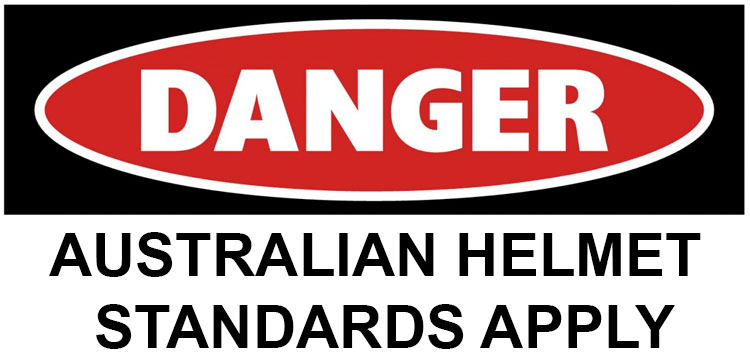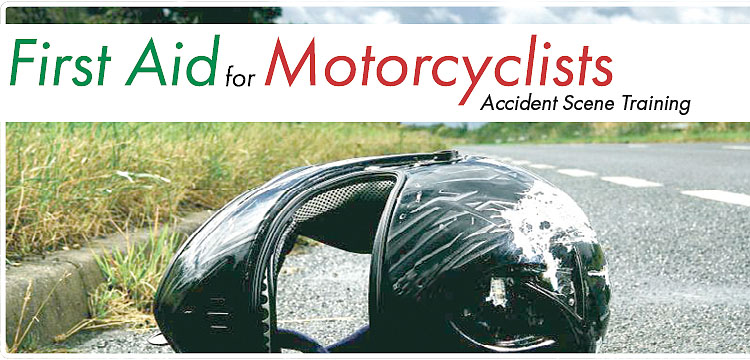
Riding a motorbike is a big cost saving compared with running a car. The initial outlay and running costs of a bike can work out to about a quarter that of a four-wheeled vehicle. While we all want to get the best deal on a bike and have a bit of leftover money in our pocket, what we shouldn’t skimp on is personal protective equipment.
According to Crash.org.au, more than 200 motorcycle riders and passengers are killed each year on Australian roads. You must have a quality helmet, boots, gloves, and other clothing to make sure you as a rider are fully protected. Unfortunately, after shelling out for a bike or scooter there may not be much left in the budget for those not-so-optional extras. This is where many of us turn to the credit card – racking up an unplanned for bill in the thousands of dollars. There is a cheaper way to fund these purchases however, namely by getting pre-approved for a personal loan.
What kind of equipment you need?
At the very minimum, you’ll need top grade protection on the road. While full faced helmets have been the staple for most in terms of safety and style, modular motorcycle helmets, also known as a flip-tops, are improving significantly in quality, style and performance. For riders considering an open-face helmet, a flip-top might be a safer compromise. You can still answer your phone or finish a coffee without the need to take the helmet off, though can flip it down and protect your face in one easy move!
Specialist leathers and protection for the upper and lower body with real leather and mesh lining is also worth considering. Toughened jeans are also acceptable – not just usual jeans from any clothing retailer. Professionals also recommend motorcycle gloves and knee sliders to protect your extremities from any potential accidents. All of this PPE can add up however, so it is a good idea to budget for these expenses and talk to your lender before you buy the new bike.
How should you pay for your equipment?
Putting your protection equipment on the credit card is more convenient, but it comes with added costs. A more economical option is to consider taking out a personal loan. Modular helmets, especially the lighter variants with tough but low-weight plastics and metals can run into $500 for entry-level items all the way into the hefty four figures. Even “designer style” motorcycle jeans can cost $200-300 per pair. Jackets, boots, and other gear could easily max out your credit card. Bill Tsouvalas, a personal finance expert and CEO of Savvy says that financing the lot with a personal loan is a better option than putting it all on plastic.
“A personal loan is a fixed rate, fixed term finance product. This means every repayment you make gets you closer to a zero balance,” he says. “A credit card is a revolving credit product. This means you’ll be paying fees and interest on the balance if you don’t pay everything off within your interest free period – provided your card has one to begin with. It’s also highly likely your credit card interest is at least twice or even three times as higher than a comparable unsecured personal loan. You can find low-rate credit cards but the problem is still that revolving type of credit.” The convenience of credit cards comes with a large deferred cost. When budgeting for your helmet, leathers and extras, this needs to be taken in to account.
Looking at the numbers
If you took out a bike loan for $10,000 at an interest rate of 9.99% p.a. for five years, you’d be facing a total interest repayment of $3,345. Compare this with adding another $2,000 for protective gear – you’ll pay an extra $549 in interest. If you put all your protective equipment purchases on a credit card with 21%p.a. with an outstanding balance of $3,000 (bringing you to $5,000) and only paid the minimum, it would take 25 years to pay it off and cost $9,847 in interest! This also assumes you aren’t loading more on to the card with additional purchases. “Bundling it all together, like most things in finance, means you will save,” Tsouvalas says.
Remember these numbers are approximate. Consult a financial professional before making any financial decision.



